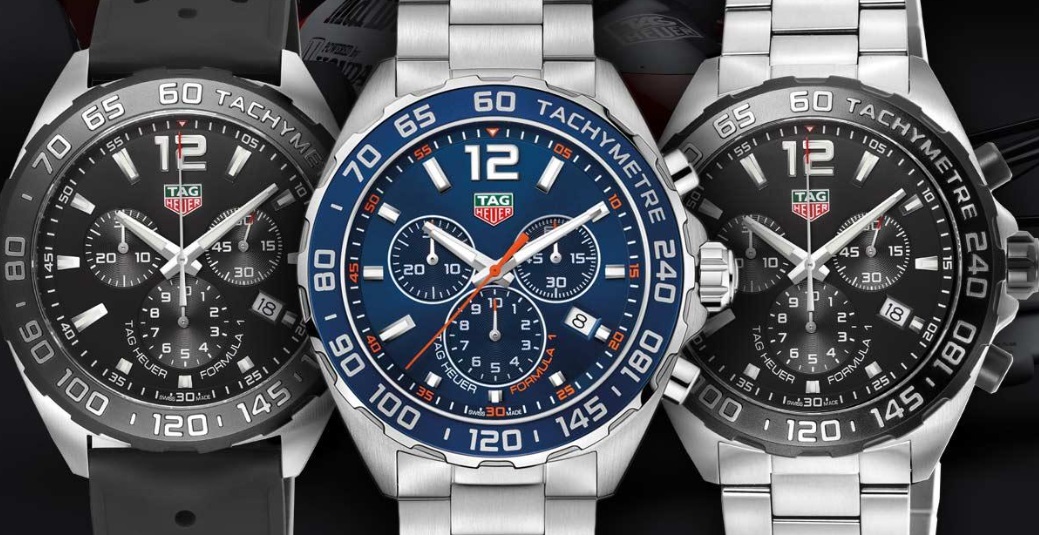Why the Swiss Made Wrist Watch Continues to Be the Ultimate Symbol in Horology

When it comes to craftsmanship, precision, and heritage, nothing comes close to the watches from Switzerland. For decades, Switzerland has held an unmatched status in the world of horology—synonymous with refinement, engineering mastery, and timeless design. But what exactly sets a Swiss Made wrist watch apart, and why is it worth adding one to your collection? As a watch expert, let’s explore what makes these masterpieces so iconic.
What Does “Swiss Made” Really Mean?
The term “Swiss Made” is more than a label; it’s a regulated designation with strict requirements. For a watch to carry the “Swiss Made” mark:
- The movement must be Swiss
- The movement must be cased up in Switzerland
- The quality check must be conducted in Switzerland
- At least 60% of production expenses must originate in Switzerland
These guidelines ensure a Swiss Made watch isn’t just assembled in Switzerland—it’s a tribute to the nation’s renowned tradition of watchmaking excellence.
A Look at the Swiss Watchmaking Legacy
Switzerland’s watchmaking legacy dates back to the 16th century, when Huguenot craftsmen brought their skills to Geneva. Over the centuries, Swiss artisans advanced their techniques, giving rise to groundbreaking innovations like the self-winding mechanism, stopwatch function, and tourbillon.
Today, world-famous brands such as Rolex, Patek Philippe, Omega, TAG Heuer, and Tissot continue this proud heritage, producing watches that are not only beautiful but also durable. Whether you’re admiring a minimal dress watch or a complex perpetual calendar, a Swiss Made timepiece reflects centuries of accumulated skill.
Why Choose a Swiss Made Wrist Watch?
If you’re considering purchasing in a luxury timepiece, here’s why Swiss Made watches are often the first choice:
- Unmatched Craftsmanship
Swiss watchmakers are known for meticulous attention to detail. Every component is expertly crafted—often manually refined—to meet high standards. From Geneva stripes to polished cases, the finish is instantly recognizable.
- Superior Movements
Swiss movements are globally recognized for their timekeeping performance and durability. Brands like ETA and Sellita, as well as in-house movements from Rolex and Omega, define the standard for mechanical and quartz reliability.
- Lasting Worth
Many Swiss Made watches hold or even appreciate in value—especially Swiss Chronograph Watches limited editions and vintage pieces. Collectors worldwide seek out exclusive Swiss models for their quality and heritage.
- Wearable Art
Swiss watches are more than timekeepers—they’re artistic expressions. From the sleek Jaeger-LeCoultre Reverso to the bold Audemars Piguet Royal Oak, each design embodies design mastery.
Popular Swiss Watch Brands to Know
If you’re just entering the Swiss Made world, here are some of the most recognized names in the industry:
- Rolex – Known for durable luxury, with models like the Submariner and Datejust.
- Omega – Makers of the Seamaster, blending innovation with legacy.
- TAG Heuer – A favorite for sports fans, known for the Carrera and Monaco.
- Tissot – Great entry-level option, offering high-end Swiss quality at affordable prices.
- Patek Philippe – Legendary watchmaker focused on mechanical artistry and tradition.
How to Maintain Your Timepiece
To preserve your Swiss Made wrist watch:
- Have it checked every 4 to 7 years
- Store it in a cool, dry place
- Keep it away from strong magnetic fields
- Ensure the crown is secured before water exposure
Routine maintenance helps ensure your timepiece stays pristine.
Conclusion
Owning a Swiss Made wrist watch is more than a fashion choice—it’s a celebration to craftsmanship. Whether you’re buying your first or adding to a collection, you’re becoming part of a tradition that spans centuries.
Next time you look at your wrist and see “Swiss Made” on the dial, appreciate—you’re wearing a masterpiece shaped by the world’s finest watchmakers.